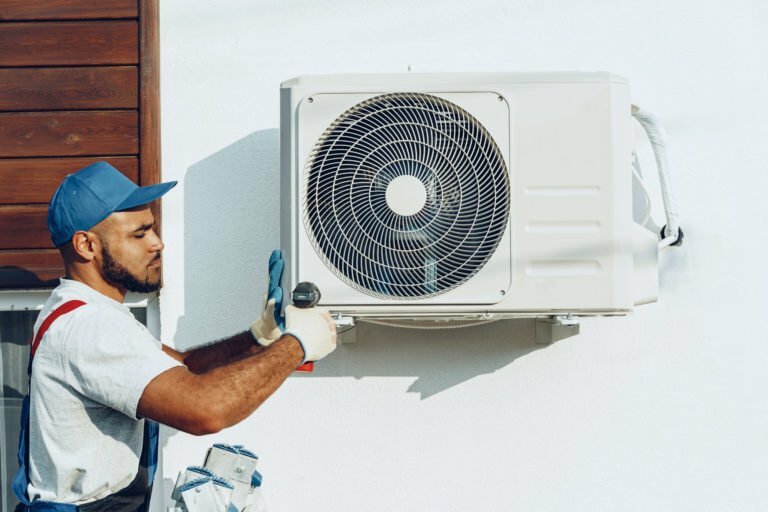When it comes to changing seasons and varying outside temperatures, many homeowners adjust the settings on their thermostats and then call it a day. As the season’s change, however, it is important that you take additional steps to help maximize your HVAC. In general, the basic principle of hot air rising and cold air falling applies to the air collecting in your home as well. As a result, you’ll want to do everything possible to help comfortable air circulate through your home.
In the summer, your home can heat up pretty quickly. Depending on where you live, summer temperatures could easily approach 90 degrees, and the conditions inside your home will follow suit. Your air conditioner works hard all summer long to keep your home cool and help you beat the heat. To ensure that your cooling system is maximized, you can adjust the airflow in your house to combat the hot air collecting in your home.
The registers in your home are vents that allow conditioned air to be pushed through the house and brought back into the HVAC systems. Heat and moisture are removed from the air in the summer, and your vent circulates cool, dry air to keep you comfortable. Most of these household air vents are equipped with a small tab that controls a damper inside. The damper can be used to direct airflow or close off a vent completely. Your dampers can be used in the summer to help direct the air and maximize your cooling system. Let’s take a look at adjusting dampers for summer.
Control airflow with dampers.

The dampers in your air vents are designed to allow you to control the airflow from the register. If you have registers that are higher in the air, it might be beneficial to adjust the dampers so that cooler air is focusing on areas in your home where warm air collects. Since hot air rises, the directed airflow of cold air could help to mitigate the hot air in the upper areas of your home and circulate cooler air throughout the house. Additionally, ensuring that your higher vents are open will allow warmer air to escape.
Another theory about air vent dampers is that you can cool warmer areas of your home by partially closing vents in cooler areas. Every home has warm and cold spots resulting from factors such as location, sunlight, and shade. If there are rooms in your house with little sunlight, they may be cooler than other areas that are heated by the sun. Partially closing off the dampers in those areas might help to direct more cool air to those areas that are always warmer. However, before deciding to close off vents, you may need to consult with an HVAC technician who can offer solutions specifically for your house. Also, it is never a good idea to completely seal off any air vents in your home.
Use fans to help airflow.

Your ceiling fans are another great tool that can work alongside your air vents in the summer months. Based on the season, you’ll want to set your ceiling fans to spin in the right direction and push comfortable air around. Properly directed air vents can work with your ceiling fans to move cool air around a room and maximize your air conditioning. A fan that is circulating cool air can also help to reduce your energy bill, as you will feel cooler and refrain from adjusting the thermostat lower.
By adjusting your return registers, you can help to optimize the airflow throughout your home to keep temperatures comfortable. These adjustments can also help reduce energy usage and costs. If you have questions about your air vents or fans in your house, you can consult with an HVAC technician to offer solutions for your home.




